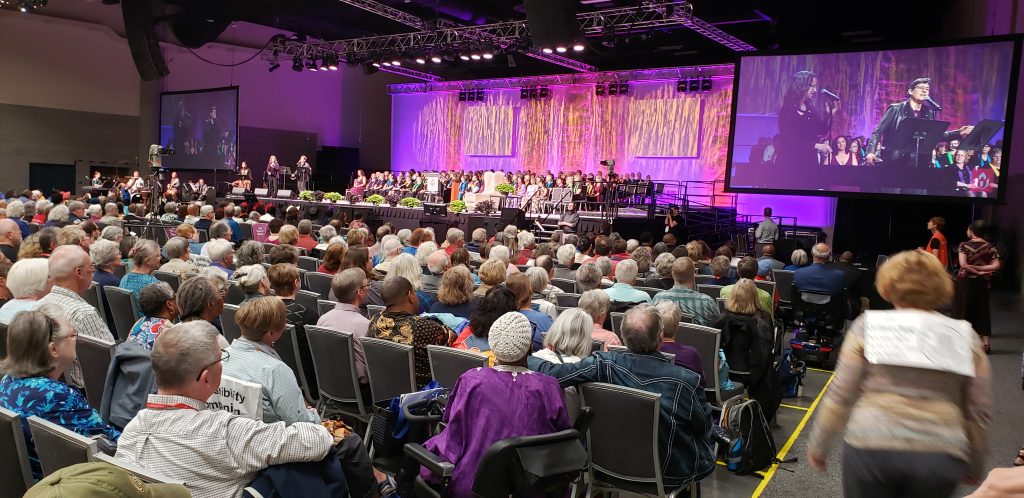
Auracast, a new audio streaming technology developed by the Bluetooth Special Interest Group (SIG), is designed to enable the wireless transmission of audio to hearing aids and other devices. While it has the potential to complement or supplement existing hearing solutions, such as hearing loops, it is unlikely to completely replace them in the near future. Here’s why:
Technology and Accessibility
Hearing Loops: These are well-established, inductive systems that work by transmitting audio signals to hearing aids and cochlear implants with telecoil (T-coil) functionality. They are commonly used in public spaces like theaters, airports, and places of worship. Hearing loops are simple, effective, and widely used across many regions, particularly in the UK, Europe, and parts of North America.
Auracast: This new Bluetooth-based system is designed to allow users to stream audio directly to compatible devices like hearing aids, smartphones, or Bluetooth-enabled hearing assistive devices. It works over the more advanced Bluetooth 5.2 or newer, and it supports multiple simultaneous listeners in the same area. IT’S IMPORTANT TO NOTE, THAT AURACAST WILL NOT WORK WITH EXSISTING BLUETOOTH ENABLED HEARING DEVICES. THIS IS A NEW TECHNOLOGY THAT WILL REQUIRE THE PURCHASE OF NEW HEARING AIDS OR COCHLEAR IMPLANTS.
Complementary, Not Replacing
Auracast’s Advantages: It provides more flexibility than hearing loops because it can work with any Bluetooth 5.2 – enabled device, including smartphones and modern hearing aids. Bluetooth 5.2 is a different technology than the Bluetooth that is now being used in many hearing devices. It allows for multiple audio streams to be transmitted simultaneously, so people in the same space can select different audio sources if desired.
Hearing Loops’ Advantages: These systems are highly effective for individuals with T-coil-enabled hearing aids or cochlear implants. They also have a wider established base in public venues and are known for their simplicity and reliability, especially in large public venues where Bluetooth might have interference or range limitations.
Current Adoption and Transition
While Auracast is promising, it will take years for hearing aids, public spaces, and infrastructure to adopt and fully integrate this new technology. Some of the technology is available, but some aspects are still under development. That Is why some hearing aid manufacturers are selling “Auracast Ready” devices. They have the circuitry to receive the signal, but they do not have the software to process it in hearing devices. Auracast performance standards for hearing aids and cochlear implants will not be settled until late 2027. Until that time, widespread Auracast assistive listening will not be possible. And even then, it will take years until the hearing devices and transmitters are widely available. Hearing loops, by contrast, are already embedded in many public venues and are supported by a large number of existing hearing aids.
Interoperability: In practice, both technologies can coexist, offering people with hearing loss more options depending on their devices and the environment. For instance, some hearing aids may support both Bluetooth and T-coil (loop) systems.
Conclusion:
Auracast is a promising and flexible solution for hearing accessibility, but it is more likely to serve as a complement to hearing loops rather than replace them outright. In the long term, as Bluetooth and hearing aid technology evolve, Auracast may become more common, but hearing loops will likely remain a widely-used option for many years, especially in locations where they have already been installed.
